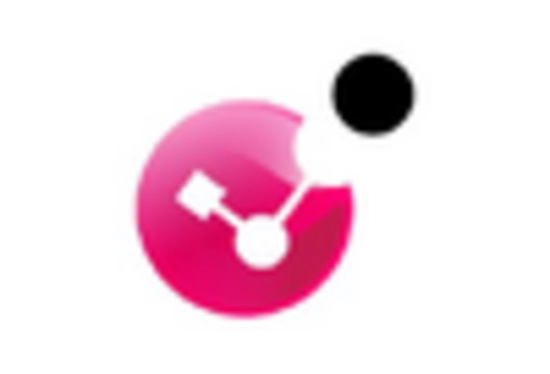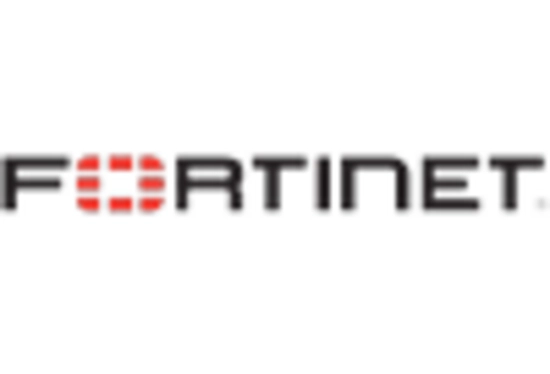Market Share
Unified Threat Management Market Share Analysis
The Unified Threat Management (UTM) market is highly competitive and dynamic as firms endeavor to secure their market shares in various ways. One common approach taken by UTM providers is product differentiation through unique features, advanced functionalities, and superior performance. Another key aspect of market share positioning in the UTM space is pricing strategy. Companies can decide to compete on price by providing affordable UTM solutions for cost-sensitive segments of the market. Alternatively, they could adopt premium pricing strategies that target customers who value top-notch security features and are willing to pay extra for them. Striking a balance between cost and value is important because it affects customer perceptions and market entry. Additionally, flexible pricing models like subscription-based services may foster customer retention while accommodating diverse business requirements at once. Dissemination channels play a major role in reaching and influencing the target audience. Companies often employ effective distribution strategies to ensure their UTM solutions are available to many users. This could involve relationships with IT service providers, systems integrators, or value-added resellers. Strategic alliances and partnerships are becoming more common in the UTM market. Collaboration with other cyber security vendors, technology providers, or industry players can result in synergies, bringing together strengths for a complete protection solution. By integrating complementary technologies with UTM products, companies can provide customers with holistic cybersecurity solutions that address a wider range of threats. These firms improve not only the offering but also extend their reach to broader markets. Customer care and service form important aspects of market share positioning within the UTM sector. Excellent customer support, timely assistance, and regular updates may encourage loyalty and positive word-of-mouth promotion. Satisfied customers will be more likely to endorse a particular UTM solution, thus influencing purchase decisions and increasing market share. Finally, global expansion and geographical diversification are critical strategies for players in the UTM market, especially given that cyber threats go beyond borders; hence, those organizations that outline regions where they have a presence can tap into new markets and customer segments. Adapting UTM solutions to abide by regional regulations and tackle specific cyber-security challenges across various geographies is going to be vital for success at the international level.

















Leave a Comment